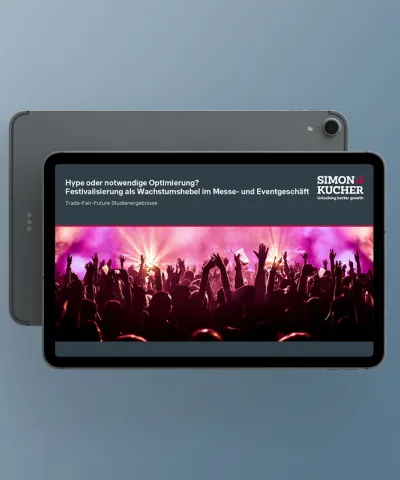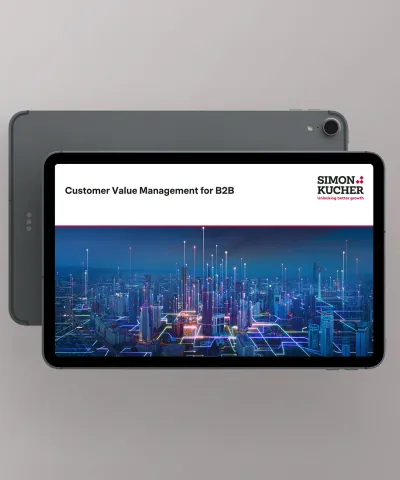Turning interest into action and lead conversion
This second article shifts from awareness to management, the full span of Middle‑of‑Funnel (MOFU) work, that moves prospects from first engagement all the way to a qualified sales conversation. That means two linked transitions:
- Information Qualified Lead (IQL) → Marketing Qualified Lead (MQL): turning people who merely recognize your brand into contacts who see immediate, personal value in what you offer.
- MQL → Sales Qualified Lead (SQL): separating genuine buyers from curious browsers so sales teams invest time only where there is real urgency, budget, and fit.
Together, these hand‑offs form the heart of lead management. In the content ahead we’ll cover how AI is forcing a rethink of classic nurture tactics, what “useful content” looks like now, how to spot intent earlier, and why a shared service level agreement or SLA between marketing and sales keeps the pipeline clean and momentum high.
Where we are in the sales funnel

Now, let’s start with how to rethink lead nurturing in this new environment.
Lead nurturing and management: Your content’s getting skipped
Once you've earned attention, the next job is to build momentum. Traditionally, this meant converting awareness into leads through gated content, webinars, and SEO-optimized insights. But that model is breaking down.
Buyers can now summarize your research or generate their own using AI. Lead magnets don’t attract like they used to so now content gets skimmed, skipped, or synthesized. Even genuinely interested readers may not convert, simply because there’s no urgency to act.
That’s why turning IQLs into MQLs now takes more than clever content, it takes value that’s immediately useful and relevance that’s hard to ignore.
Here’s how to strengthen your lead nurturing strategy:
- Diversify your lead sources. Don’t rely solely on inbound. Use partnerships, curated communities, client referrals, and account-based marketing (ABM) outreach to reach buyers where they actually are.
- Replace the “email for whitepaper” model. Instead, offer something AI can’t replicate like tools, calculators, interactive benchmarks, etc. Things that feel actionable and not just informational or generic.
- Prioritize progressive engagement. Use your content to encourage next steps, launching a deeper conversation, exploring pain points, or introducing new stakeholders.
- Start qualifying earlier. Look for signs that someone’s not just interested, but ready. Do they have urgency? Budget? Are they initiating direct conversations? These are all signs.
- Be explicit about what makes someone an MQL. Along with activity, it’s also relevance, intent, and fit. Define those triggers clearly so your marketing and sales teams are aligned.
- Lead grading & scoring: the IQL → MQL loop
To know when an interested reader is ready for sales, use two quick filters:
- Grade for fit. Tag every lead as A–D (or 1–4) based on firmographics and role. Grades should rarely change.
- Score for readiness. Add points for meaningful actions like tool use, live Q&A, and budget questions. Scores should rise or cool with behavior.
Then, when a lead reaches your published threshold, good grade and a high score, marketing promotes it to the MQL lists and alerts sales. If the score is still short, the contact simply stays in a "nurture” phase until activity raises the number above the line. The result is a clean, repeatable loop: grading keeps focus, scoring tracks readiness, and nurture does the work of lifting the right prospects to MQL status.
- Implement an SLA between marketing and sales. When an initial lead becomes an MQL, set expectations: How quickly will sales follow up? What information needs to be captured? What qualifies the lead to progress to SQL? This prevents leads from stalling in the handoff and creates joint accountability for conversion.
Bottom line is if your nurturing material could’ve been written by running a prompt through AI tools, your prospects will treat it that way and move on.
Sales qualification: Not every MQL will become an SQL
Just because someone downloaded a whitepaper, clicked through a benchmark tool, or showed up to your webinar doesn’t mean they’re ready for a sales conversation. In today’s AI-assisted environment, surface-level engagement is easy and often misleading, leading to wasted effort and time.
That’s why qualification is no longer a checkbox exercise. It’s the gate between marketing momentum and commercial focus. This is where we decide which MQLs are truly ready to become SQLs, and which need to stay in nurture.
Here’s how to evolve the way we qualify:
- Go beyond activity-based scoring. Clicks, opens, and downloads don’t mean much on their own. Look for sales-readiness signals: Are they asking about results? Pushing for timelines? Requesting specifics?
- Use BANT - Budget, Authority, Need, Timing - as your filter. These four factors remain essential. If all four are present, it’s likely a strong SQL. But if even one is missing, that still doesn’t automatically mean disqualify, it means divert to nurture. Track the gap and keep the lead warm until the missing element clicks into place.
- Apply context to strengthen BANT. Don’t just assess based on forms or email replies. Layer in market and account signals: recent leadership changes, funding events, strategic pivots. These provide stronger context around readiness.
- Disqualify with confidence. Not every MQL should become an opportunity. If there's no urgency, fit, or stakeholder access, let it go early. Protecting your pipeline focus is just as important as filling it.
- Stay disciplined on fit. Even if someone checks the BANT boxes, ask yourself, “are they the kind of client we’re built to serve”? The best SQLs aren't just ready, they're also the right fit, which drives win rates, margins, and long-term value.
Finally, align with your sales team on what “qualified” means. A shared definition of SQL, along with a clear SLA for how they’re acted on, prevents leads from stalling or slipping through the cracks.
In MOFU, your follow-up shapes the deal
The funnel can quickly become crowded, so the aforementioned tools help to give teams the structure to qualify with confidence and clarity. The question isn't just, "are they showing interest?", it's also, "do they have the budget, authority, need, and timing, and are we ready to act if they do?"
Every professional services firm faces different challenges understanding how to transform interest into action and advancing leads. Let’s discuss where your strategy can be stronger, and how we can help you get there.
Contributing author: Doga Sarier
In Part 3, we'll talk about how to make your proposals feel personal and valuable, how to price your work in a way that makes sense to clients, and how to make sure your pitch holds up even when clients use tools to compare offers side by side.
If you missed Part 1 of our series, you can still catch up here.








